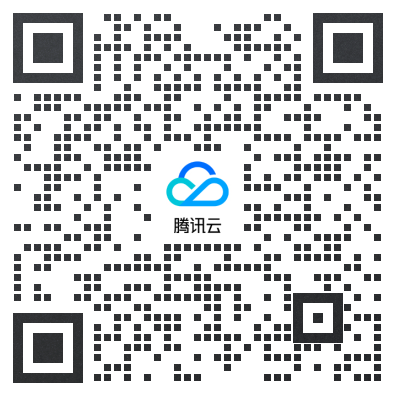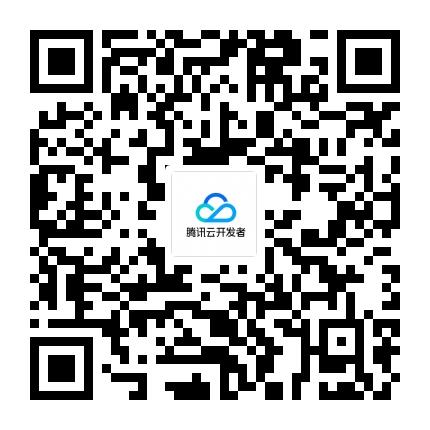REST响应-通过readEntity(String.class)记录有效负载失败
REST响应-通过readEntity(String.class)记录有效负载失败
提问于 2016-10-27 08:30:39
考虑一下在Jersey 2.22.2下运行的REST代理的代码:
@POST
@Produces(MediaType.APPLICATION_JSON)
@Path("/foo")
public Response foo(String request) {
logger.info("Request to /foo :\n" + request);
WebTarget target = ClientBuilder.newClient().target(esbWsUrl).path("/foo");
Response response = target.request(MediaType.APPLICATION_JSON_TYPE).post(Entity.entity(request, MediaType.APPLICATION_JSON_TYPE));
// problem is in the 2 lines below
logger.info("Buffered: " + response.bufferEntity());
logger.info("Response from /foo :\n" + response.readEntity(String.class));
return response;
}首先,我在没有response.bufferedEntity()的情况下尝试了一下,得到了IllegalStateException,因为response.readEntity(String.class)是从Response中的底层流中消费的。
当我使用response.bufferEntity()时,我能够多次调用response.readEntity(String.class) (缓冲似乎起作用了),但是Jersey返回的响应给出了一个零字节的响应。
$ curl -m 5 -i -X POST -d '{"input_values": "abc"}' http://localhost:9000/services/rest/foo
HTTP/1.1 200 OK
Date: Thu, 27 Oct 2016 08:18:09 GMT
Keep-Alive: timeout=20
X-Type: default
Server: nginx
Content-Type: application/json; charset=UTF-8
Content-Length: 364
curl: (28) Operation timed out after 5000 milliseconds with 0 out of 364 bytes received这里有一些相关的文档:Response.readEntity
谁能告诉我如何在返回一个有效的Response之前记录Response的内容?
也许有一些我没有想到的流处理问题,或者可能是另一种将Response实体转换为字符串(而不消耗流)的方法。
回答 1
Stack Overflow用户
发布于 2016-11-07 13:12:37
我最终基于前一个的状态代码和实体创建了一个全新的Response。
页面原文内容由Stack Overflow提供。腾讯云小微IT领域专用引擎提供翻译支持
原文链接:
https://stackoverflow.com/questions/40279775
复制相关文章
相似问题


![记录mybatis分页查询失败[通俗易懂]](https://ask.qcloudimg.com/http-save/yehe-8223537/18e4c98b1723ade42d651c526e2ca64c.png)






